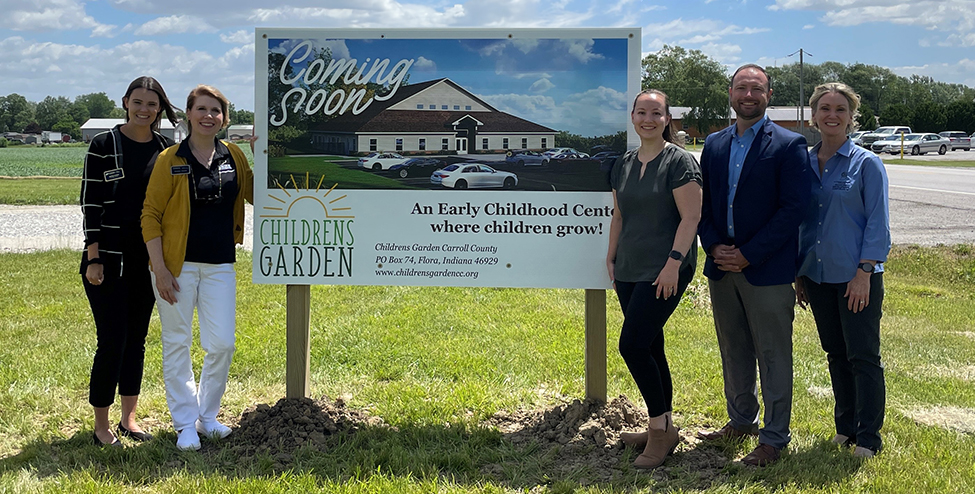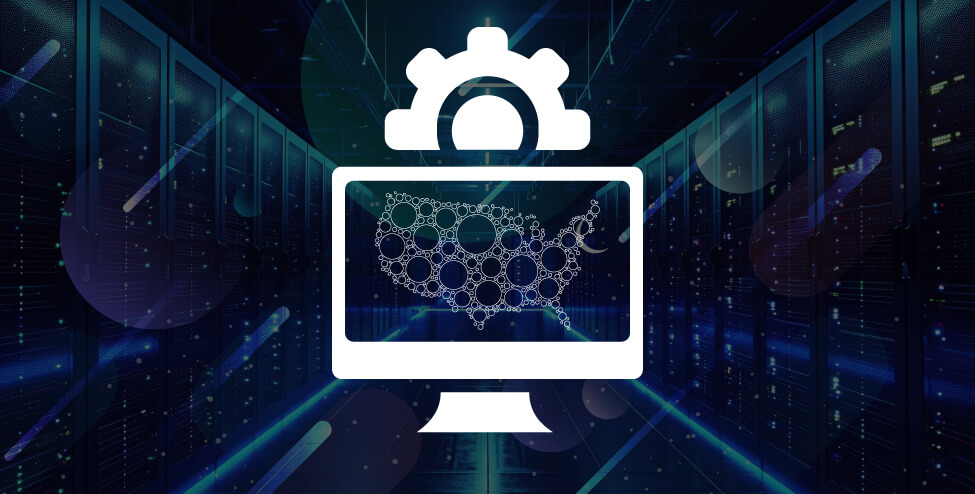A “Reverse” Digital Divide in Indiana?

The state of Indiana—like all other states and territories—is in the middle of a digital equity planning process. This plan is required for the state to access future capacity building digital equity funds, that are part of the Infrastructure Investment and Jobs Act or IIJA passed in November of 2021, intended to address barriers to digital equity.
The Purdue Center for Regional Development (PCRD) within the Purdue University Office of Engagement, in partnership with the Indiana Broadband Office (IBO) and the Indiana Office of Community and Rural Affairs (OCRA), are working on writing the state’s first-ever digital equity plan. A draft version of the plan’s barriers, vision, goals, strategies, and objectives will be available for public comment in October.
As part of this effort, PCRD partnered with the Indiana University Center for Survey Research (IU-CSR) to gather data on Indiana residents on several digital equity indicators. A total of 8,000 Indiana household addresses were randomly selected using an address-based sampling frame stratified by study-specific demographics and were mailed an invitation with a link to the survey. Five weeks later, a 4-page paper survey was mailed to those that had not yet completed the survey. Data was collected from November 2022 to February 2023. Responses were weighted and calibrated to U.S. Census Bureau Indiana adult population estimates. A total of 1,225 responses were captured with an overall response rate of 18.2%.
This blog post is part of our “Indiana’s Digital Equity Landscape” series that will summarize these survey results to better inform the public ahead of the public comment opportunity.
Table 1 shows the share of survey respondents by specific characteristics. Close to one-third of respondents were age 60 or older, a little less than 30% lived in rural areas of the state, close to one-fifth were minorities, more than half had a household income of less than $75,000 per year, and close to three-quarters did not have a bachelor’s degree.
One key indicator of digital equity—and the focus of this blog post—is who is paying for home internet subscription and who is not. Paid home internet has significant advantages to mobile cellular data internet access for three reasons. First, the data limit on home internet plans is much higher than cellular data. In other words, the risk of running out of data is lower. Second, having a home internet subscription is very convenient. No need to go to other locations to access the internet and devices with larger screens can be used. Thirdly, having a home internet subscription provides more privacy. For example, most people would prefer to have their telehealth consultations at home.
Figure 1 shows that 81.6% of Indiana survey respondents paid for home internet for all the previous 12 months. Close to 6% paid for internet at home but not for all the previous 12 months. Finally, 12.4% did not pay for home internet over the past 12 months. Note that this share is very similar to the share of homes without internet access (12%) from the 2017-2021 American Community Survey.
However, Figure 2 shows that the share of survey respondents with paid home internet access for all 12 months varies by specific demographic characteristics. As expected, the share of those in rural areas was lower compared to urban respondents. Likewise, the share of those less educated or lower income was lower compared to more educated or higher income.
Interestingly, the share of older respondents was higher compared to younger respondents. One possible explanation may be that younger generations are more “mobile-only.” In fact, 9.1% of survey respondents only used smartphones, of which more than one-third were ages 18 to 34 versus less than one-fifth ages 60 or older. This implies that mobile internet access may be negatively affecting digital equity, not making it better, when individuals must choose between a home internet subscription or a cellular data plan.
Another surprising finding was that the difference between Whites and racial/ethnic minorities was not statistically significant but more importantly, among this group of survey respondents, they were “reversed” to what was expected. In other words, White non-Hispanics in Indiana lag racial/ethnic minorities when it comes to paying for home internet for all previous 12 months.
There are two possible explanations for this unexpected finding. First, survey results may be capturing the effectiveness of the Affordable Connectivity Program or ACP. This is a federal subsidy that provides $30 dollars per month to eligible recipients to pay for home internet ($75 in high cost or tribal areas). For example, ACP data indicate that a higher share of African American households have enrolled compared to White non-Hispanic households.
A second plausible explanation may be due to a higher share of Indiana rural residents—more likely to lack home internet access, be less educated, and/or have lower incomes—being White non-Hispanic. To peel the layers on this plausible explanation, Figure 3 shows the share of survey responses controlling for educational attainment, income, and urban/rural location.
As shown in Figure 3, this unexpected finding holds. When looking at only urban survey responses, 86.1% of minority survey respondents paid for home internet for all the previous 12 months compared to 82.9% of white non-Hispanic, or a difference of a little more than 3 percentage points. This difference is not statistically significant. However, when looking at only survey respondents with a high school degree or less, the difference is about 17 percentage points, where white non-Hispanics lag minorities. Finally, when only looking at survey respondents with a household income of less than $35,000 per year, the difference is the largest and statistically significant at more than 20 percentage points. In other words, less educated and lower income white non-Hispanics, and to a certain extent urban, lag their minority counterparts when it comes to paying for home internet.
It remains to be seen if data from other states show a similar “reverse” digital divide. The implications of this are significant in that programs and outreach will need to be reassessed to account for reaching a group that has typically not been targeted.
We will continue to analyze the digital equity landscape in Indiana in future blog posts. Up next, we will look at the reasons why survey respondents did not pay for home internet for the all previous 12 months.

Roberto Gallardo is the Vice President for Engagement and an Associate Professor in the Agricultural Economics Department. He holds an electronics engineering undergraduate degree, a... read more




